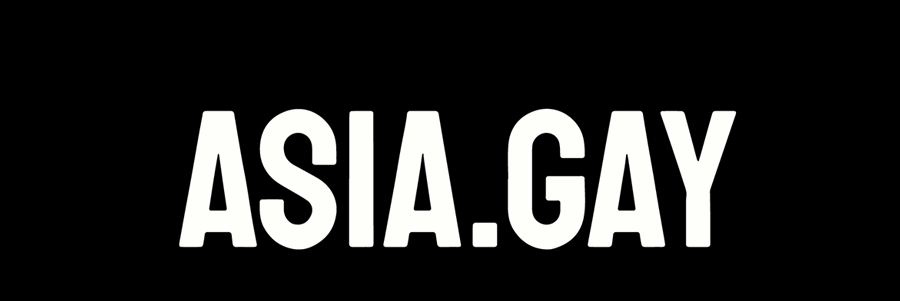
How Can Gay Men Have Safe Sex? Dr. Deyn's Guide to Safer Sex for Gay Men
Sex can be fun and liberating, but let's be real—staying safe while enjoying it is just as important. And guess what? Safe sex isn't just about condoms anymore. No more "one-size-fits-all" solutions! We've got a toolkit full of options to help you protect yourself. So let’s chat about how to make your sex life as safe as it is fabulous.
Condoms & Lube: The Classic Combo
Condoms are still one of the best ways to prevent HIV and other STIs. They're cheap (hey, you can get 'em for free at most clinics!), easy to use, and they don’t require a prescription! But here's the twist: condoms alone won’t solve all your problems. If you’re not using them 100% of the time (which let’s face it, is more common than we’d like), they’re not foolproof.
For maximum protection, always pair condoms with water-based or silicone-based lube (oil-based lube will destroy that rubber!). This combo works wonders, especially for anal sex. And remember, just because you can’t "feel it" doesn't mean it’s not there—condoms help prevent friction and micro-tears, which are entry points for infections.
Pro Tip: For oral sex, using flavored condoms can spice things up (literally!) and keep things safe. Just make sure not to use flavored ones for other types of sex, as they could cause infections due to the sugars.
PrEP: The Pill That Packs a Punch
Enter Pre-Exposure Prophylaxis, or PrEP, a medication taken by HIV-negative people to lower their chances of contracting HIV. When taken daily, studies show that it can reduce the risk of getting HIV from sex by up to 99%! That's right, 99%! But hold up—if you're thinking about taking PrEP, make sure you get tested for HIV first. You have to be HIV-negative to start, so don’t just assume you're negative.
And while PrEP is awesome, it doesn't prevent other STIs, so combining it with condoms for the best protection is still a top choice. And remember, PrEP is most effective when you take it consistently—setting a reminder on your phone might just save your life (literally!).
PEP: Your Emergency Backup Plan
So, what happens if you have a "uh-oh" moment and think you might have been exposed to HIV? Don't panic! You can get PEP (Post-Exposure Prophylaxis), a 4-week course of HIV medication that can help prevent infection if started within 72 hours after possible exposure. The sooner, the better—PEP works best when started within 24 hours!
Fun Fact: If you think you’ve been exposed, don’t wait! Talk to your healthcare provider ASAP and get on the PEP train. It could be a lifesaver.
Treatment as Prevention (TasP): Not Just for the HIV-Positive
Did you know that people with HIV who are on effective treatment (undetectable viral load) can't pass HIV to their partners? This is called Treatment as Prevention (TasP), and it’s a game-changer! So if you’re in a relationship with someone who’s HIV-positive, ask about their treatment plan. If their viral load is undetectable, there’s no risk of transmission. Pretty amazing, right?
And, just like PrEP, using condoms alongside TasP offers the best protection from other STIs, just in case.
Low/No Risk Options: Yes, They're Real!
Not every sexual act carries a risk of HIV. Let’s take a look at some of the low-risk or no-risk options:
- Massage: No HIV risk here—just some relaxing vibes.
- Kissing: No HIV in saliva, so lock lips without worry.
- Oral sex: Very low risk for HIV, but don’t forget—if there are cuts in the mouth or another STI involved, the risk can increase. A little caution goes a long way.
Note: Water sports and rimming? No HIV risk there, but be cautious of other infections like hepatitis or gut bugs. Just make sure you're both in the clear!
The Power of Condoms + PrEP Combo
So you’ve got PrEP, and you’re ready to go. But let’s keep things extra safe! Combining PrEP with condoms gives you double the protection. PrEP handles the HIV side of things, while condoms help prevent other STIs like gonorrhea, syphilis, and chlamydia. Double the love, double the protection!
When Things Get Serious: Relationship Agreements & Communication
Here’s the deal—relationship agreements (a.k.a. "safety agreements") can be a great way to keep both partners on the same page about sexual health. Whether you’re in an open relationship or not, having a candid chat about your health and safety protocols is key. If you both agree to go condom-free, it’s important to know your HIV statuses and keep the conversation going. Keep it honest, keep it open.
The Golden Rule: Know Your Status, Protect Yourself!
Finally, the best thing you can do for your sex life is to know your HIV status—and encourage your partners to do the same. If you don’t know, get tested! And just as importantly, if you're taking PrEP, make sure you’re getting regular check-ups every 3 months. Staying informed and proactive will keep you feeling confident and ready to play it safe.
So, what’s the best way to have safe sex as a gay man? The answer is simple: Use a combination of strategies! Condoms, PrEP, communication, and regular testing all play a role in keeping you and your partners safe. And while it might take a bit more effort than just grabbing a condom, trust me—your future self will thank you. Stay safe, stay smart, and most importantly—stay fabulous!
Now you’re ready to rock your safe sex game like a pro. Go ahead, get out there, and have some fun—responsibly!
 Thanong A
Thanong A


